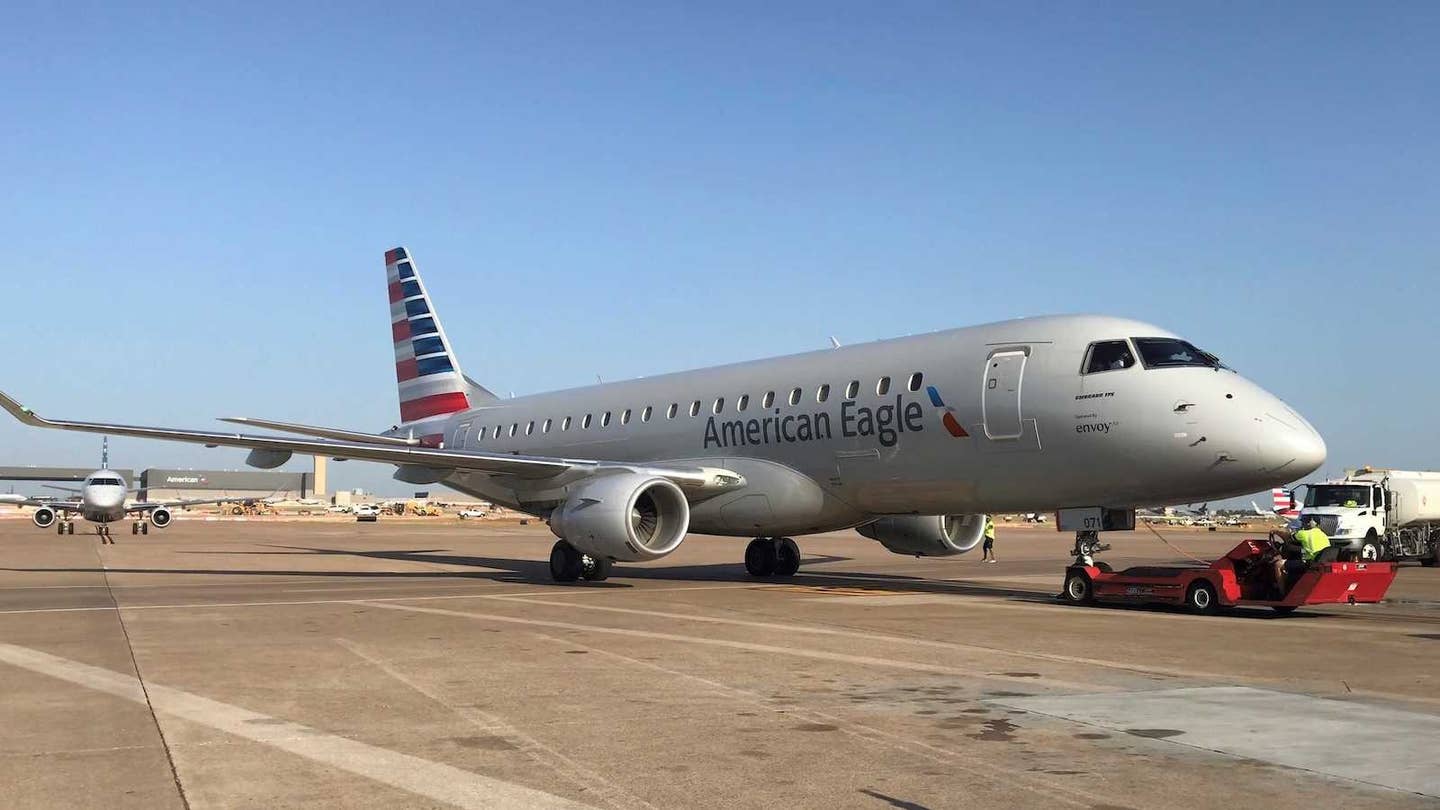
(July 2011) In November 2007, the builder-pilot of a Van's RV-10 was killed when his engine apparently lost power at low altitude. He had relocated the batteries the night before to move the CG forward, and was checking the airplane before departing on a planned trip with his family later that day.
The accident raised a flurry of interest in the RV-10 community. The pilot had been an active participant in online discussion groups, and had been conspicuous not only because he was not using the usual Lycoming engine but also, perhaps, because he radiated so much boyish passion and headlong eagerness.
He had begun the project the previous year and had accomplished it with the help of an EAA technical consultant living nearby. As the airplane neared completion, his impatience to get it licensed in time to take it to Oshkosh, Wisconsin, for the big late-July fly-in had been palpable. When his engine, a 220 hp conversion of a liquid-cooled Subaru flat six, did not get to him quickly enough, he had driven to Florida from his home in Pennsylvania to pick it up. On July 12, with Oshkosh less than two weeks away, he made his 40-minute first flight with clecos — temporary fasteners used to secure metal structures before riveting — holding down the top cowling. The next day, he e-mailed the RV-10 builders’ group that he had 39 hours and 20 minutes left on the 40-hour test-flying period that the FAA requires for an experimental airplane with uncertified power plants. He hoped, he said, to “make [Oshkosh] with a little to spare.”
Experienced homebuilders might have rolled their eyes at that. To fly off 40 hours on an experimental airframe and engine — to say nothing of a very complex glass-panel avionics and engine-instrumentation suite — in just a few days was something that could be done only in wartime. But then, this pilot seemed to be at war with time.
The 40-hour restriction — just 25 hours for airplanes with certified engines and propellers — limits pilots to flying solo or with only “essential” flight crew, and only within a limited radius, usually 25 nm, around a specified airport in a lightly populated area. Nevertheless, after observing high oil temperatures on a second test flight, the pilot and the builder of the engine, who was with him, decided to fly the airplane to the engine builder’s facility in Florida in order to troubleshoot the installation.
During the trip to Florida they were annoyed by continuous alarms from the electronic flight information system, none of whose functions had yet been programmed or calibrated. The pilot e-mailed a friend to ask how to disable “Bitching Betty,” as he called the audio warning system. His friend replied that if he would set up the equipment properly it would not produce nuisance warnings, and he ought to do so, because correct information was valuable. The pilot had other things on his mind, however, and he and his companion disconnected their headsets from the audio system, reconnecting them only when they needed to communicate with the ground.
That was not their only trouble. The airplane was out of rig, its transponder intermittent, the heading indication grossly inaccurate, the autopilot inoperable (because the builder had not realized that he needed to connect it to the pitot-static system) and the displays of engine parameters, including manifold pressure and rpm, incorrect. The airplane was also considerably slower than expected. The airframe and engine were sound, however, and, navigating with a handheld GPS, they reached Florida safely. After several days during which they made some hasty modifications to the cowling and removed two of the propeller’s four blades, they proceeded to Oshkosh, where they displayed the airplane without its now somewhat ragged cowling, and the engine builder wooed potential customers.
At Oshkosh, another builder challenged the pilot’s claim that the airplane had logged 48 hours.
“There’s no way you could have completed your fly-off yet,” he said, to which the pilot replied, “That’s not what the logbooks say.”
After Oshkosh, the airplane returned to Florida, where it remained for two months while further work was done to improve the cooling and a turbocharger was installed. In October, the pilot and a friend flew it up to Taunton, Massachusetts, south of Boston, before the pilot returned to his home in western Pennsylvania.
At around this time, the pilot called another friend to discuss problems with power and rpm control. The friend did not understand why, with a constant-speed propeller, there would be a problem, but the pilot explained that the constant-speed controller was not yet installed on the engine. Instead, the electrically operated variable-pitch propeller was connected to a toggle switch on the instrument panel; it allowed the pilot to change the blade pitch, but at any given setting the propeller behaved
like a fixed-pitch. This was a potentially confusing situation, especially for a low-time pilot, because he might intuitively associate the coarse pitch setting used for high-speed cruise with high power, whereas for initial maximum-performance climb a fine pitch setting would be required. The pilot had, in fact, made a go-around at Taunton during which he could not achieve more than 1,900 rpm.
The pilot knew that he was out of his depth. Referring to all of the fancy instrumentation that he had still not gotten into proper working order, he wrote to his friend, “I can understand some of it, but then it starts putting up all this other stuff and it is just easier for me to look out the window for now. ... I need a lot of help to learn all of this stuff because I am not having a clue on how to do it. Definitely a case of money versus intelligence. ... It is like trying to drink from a fire hose. ... If you take all my owner’s manuals and stack them up they are over three feet high! ... I am way out of my comfort zone, and clawing my way back in.” Not without a sense of humor, he added, “They say that is the first step to recovery, realizing that there is an issue and asking for help!”
His friend, also an RV-10 builder, urged him to go slowly, do the reading and approach the tasks that needed to be completed one by one. “Just take your time,” he wrote. But, despite being aware that he was out of his depth, that many systems on the airplane did not work yet and that the complexity of the airplane was a challenge to him — “remember I have only flown a Cherokee 140 for 200 hours” — the pilot decided to fly his family to Boston early in November.
He had never done a proper weight and balance, having merely cribbed someone else’s for his FAA paperwork. The airplane had always been tail-heavy and would be more so with passengers in the back seat. Accordingly, the evening before the trip he moved the dual batteries and their associated relays from behind the baggage compartment to just behind the firewall. At 11 o’clock that night, he told another friend that he had done the job, but that he did not have a wire terminal crimping tool and had instead used a big pair of pliers to fasten the terminals. He had not soldered them, as should be done with critical electrical connections.
It was the next morning, as he was making sure the airplane was ready for the family trip, that he fatally crashed.
Investigators determined that the propeller had not been turning at impact. Nothing was wrong with the engine, but a cable terminal had become disconnected at a master relay, shutting down the electrical system. With electronic ignition rather than magnetos, the engine would have quit like a light going off. They concluded that the cause of the accident was “the pilot/builder’s improper installation of the electrical system.”
This accident report and its associated docket — both can be found through ntsb.gov using case number NYC08FA023 — paint a much fuller and more complex picture of a human being than such documents usually do. In it, arrogant resentment of delay goes side by side with the hearty fellowship of the newsgroups, deception with candor, rashness with fear, impulsiveness with denial. Many homebuilders, if they are honest with themselves, will recognize in this pilot impulses, fantasies and desires that they too have felt, but will marvel that they were not better balanced and checked.
In technical literary criticism, the word tragedy, which in common usage is merely synonymous with calamity, has a special meaning dating back to Aristotle: It is the downfall of an admirable man because of some fault in his character. This pilot overflowed with energy and ambition, but he lacked patience and restraint. Like Othello his Desdemona, he loved his airplane "not wisely but too well."
This article is based on NTSB reports of the accidents and is intended to bring the issues raised to our readers’ attention. It is not intended to judge or to reach any definitive conclusions about the ability or capacity of any person, living or dead, or any aircraft
or accessory.

Sign-up for newsletters & special offers!
Get the latest FLYING stories & special offers delivered directly to your inbox






